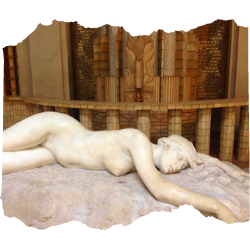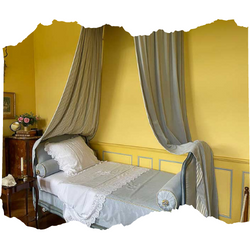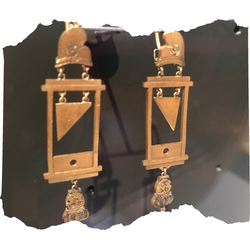Unsure about your French table manners? Click Here to download > > How to avoid these 10 food etiquette mistakes !
- Home ›
- Destinations ›
- Lake Geneva-French Alps ›
- Evian
nostalgia in Evian France, where the belle epoque still lives
Updated 08 January 2023 by Leyla Alyanak — Parisian by birth, Lyonnaise by adoption, historian by passion
I live one département over from the Haute-Savoie, where Evian is located, so I regularly visit this lakeside town for its beauty, charm and history.
For those of us who hanker for the genteel and pleasurable a few generations ago, a visit to Belle Epoque in Evian will provide the perfect antidote to high-tech, fast cars and the pace of modern life.
In this little jewel of a town on the edge of Lake Geneva, in France's Haute Savoie, you can almost forget the 21st century – or at least pretend to.
The Belle Epoque, just to situate it, is that heady, carefree and creative era in France that stretched roughly from the 1870s, after the Franco-Prussian War, to the outbreak of World War I in 1914. It gave birth to all manner of innovation, everything from the Eiffel Tower to the beginning of aviation to a multitude of artistic movements, like post-impressionism or Art Nouveau.
It was a time of immense change, during which France entered the modern world, with panache.
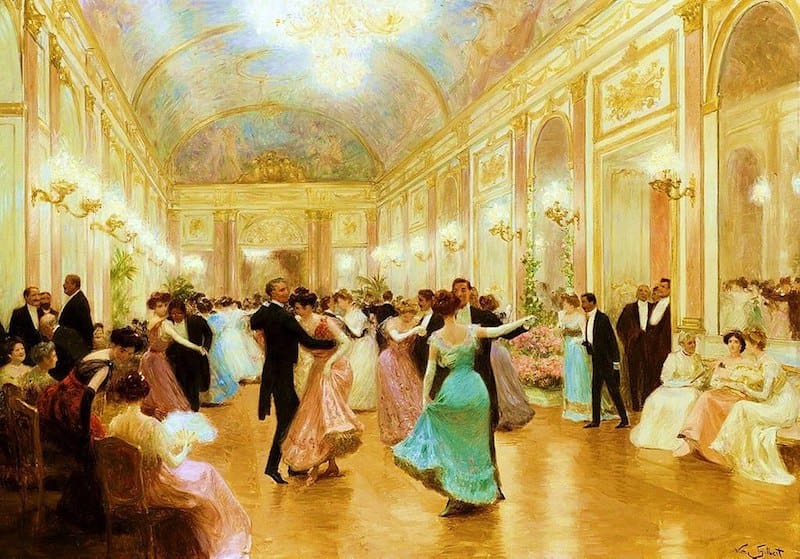 You can feel the energy of the Belle Epoque in this work by Victor Gabriel Gilbert
You can feel the energy of the Belle Epoque in this work by Victor Gabriel GilbertNOTE: Pages on this site may contain affiliate links, which support this site. See full Privacy Policy here.
How the bottled water happened
If you were a well-off 19th-century European, what better place to spend your holidays than in an exclusive resort on the delightful shores of Lake Geneva, with the French Alps as a backdrop?
Évian-les-Bains (its official name), with its privileged location on the French side of the lake, has long been a magnet for visitors, but what really propelled it to fame and fortune was the 'discovery' of a clear, fresh spring.
It all started with a man and a liver ailment. Fleeing the French Revolution, Count Jean Charles de Laizer settled in Evian from 1790-92. He found lodgings with a certain Gabriel Cachat, in whose garden was a spring of water from which he drank each day, hoping to regain his health. And he got better, and better, until finally, he was cured.
Doctors, of course, investigated the claim extensively, and they concurred: the water did indeed have extraordinary properties, miraculous even. As they began prescribing it, the owner of the spring, Mr Cachat, fenced it off and started charging a fee.
Quite a regimen...
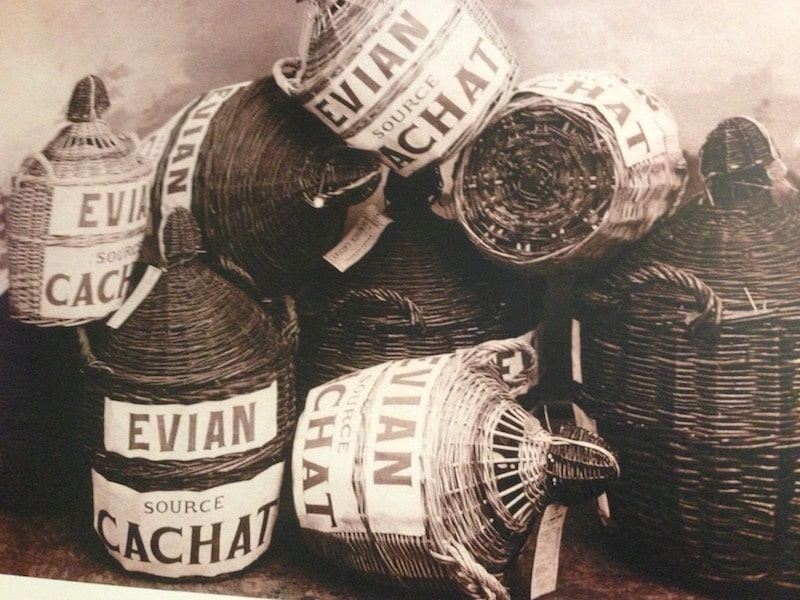
The spring and the wellness trend that followed proved so popular the town changed its name from Evian to Evian-les-Bains ('bains' meaning baths in French) to cement its reputation as a growing spa town.
Tourists flocked to the Source Cachat, where they ‘took the waters’.
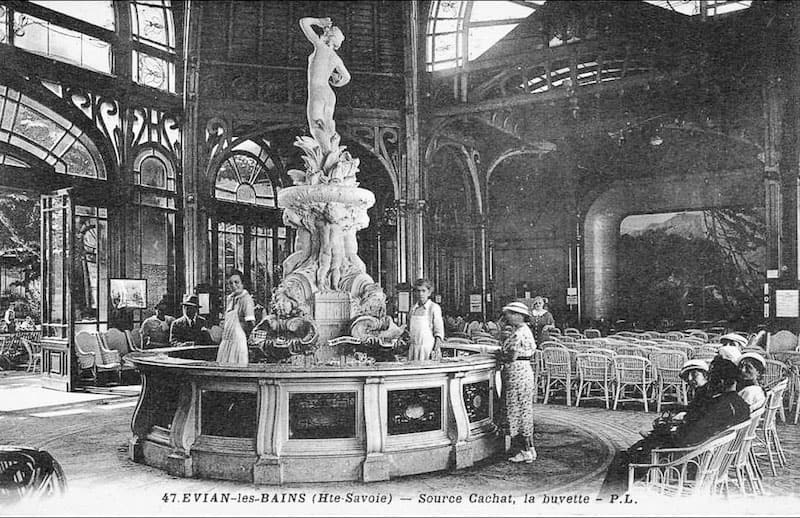
Here it is again... but without the crowds.
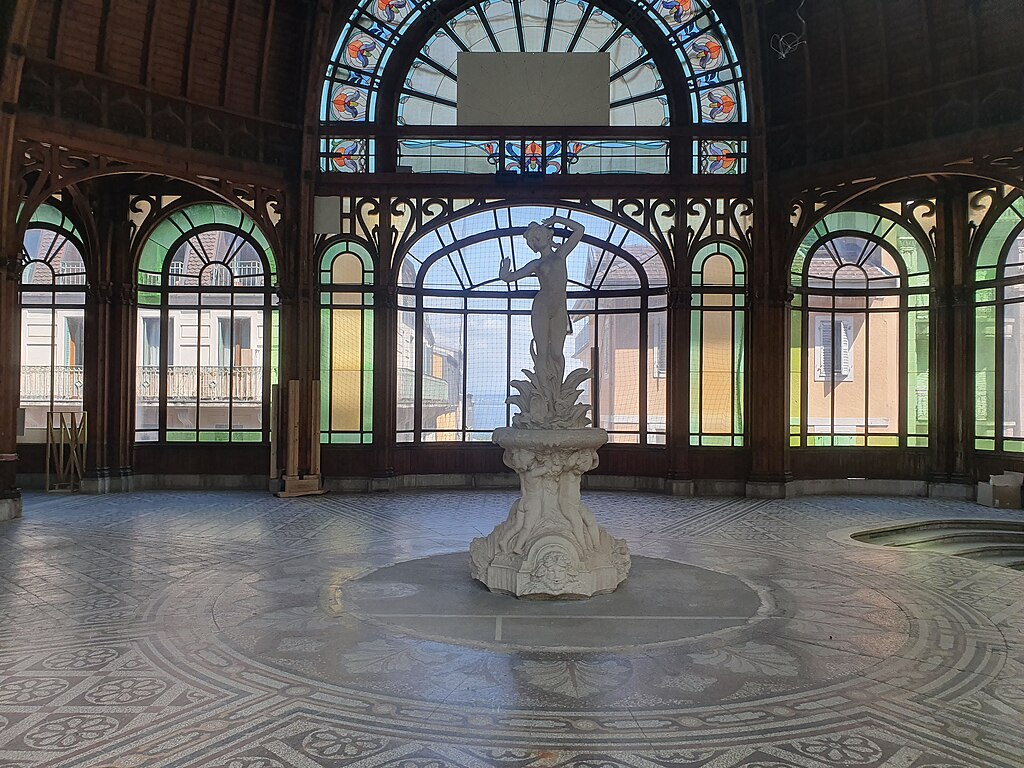
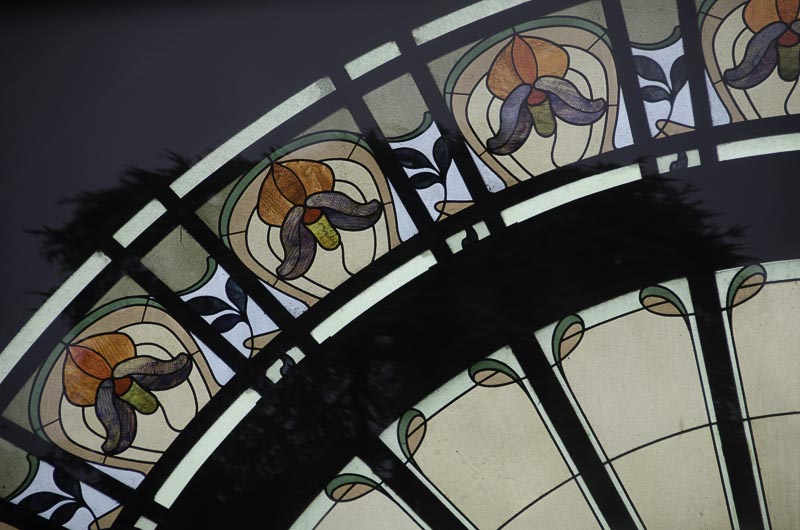
PRINCIPLES AND INDICATIONS OF THE EVIAN CURE
by Dr Davet de Beaurepaire, 1865
"The mineral waters must be taken in the morning, early, before eating, and in the afternoon, when the stomach is not weighted down by food. It should be ingested by the glass (120, 150 or 180 grams). The process should take place each quarter of an hour, and up to 20 glasses a day can be had."
These days the original source is closed but the Art Nouveau building hosts exhibitions of Evian water art and products each summer.
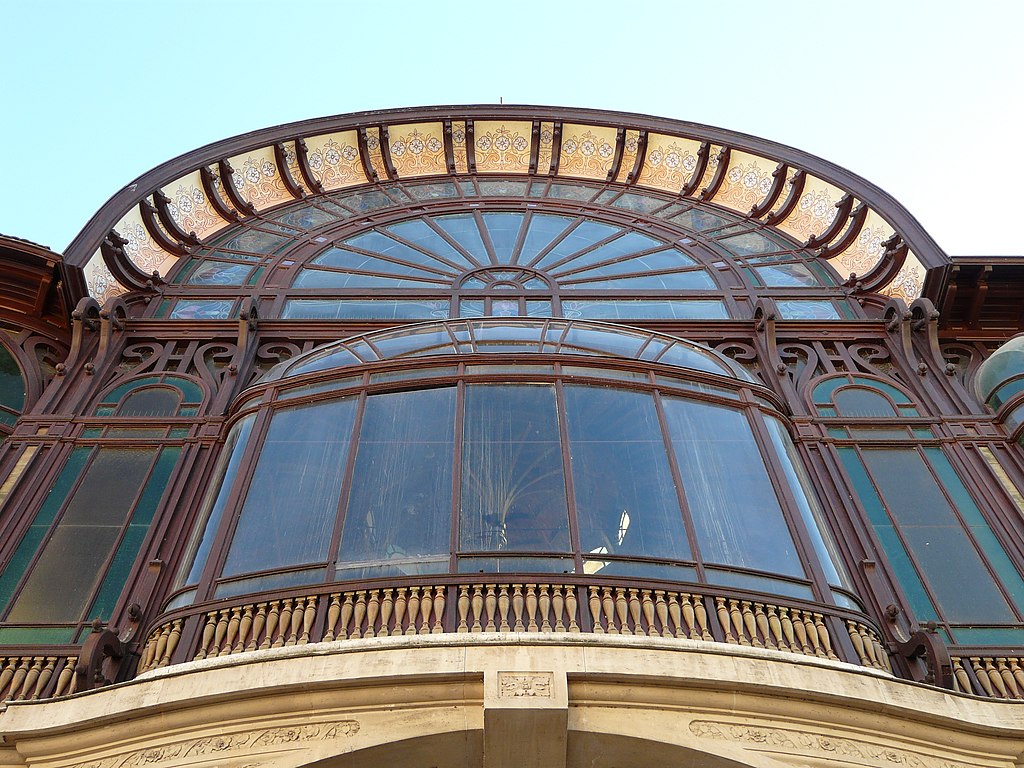
The baths
The formal baths also contribute to Evian's Belle Epoque skyline. The original baths were opened in 1827, but they were replaced with the building below in the early 1900s.
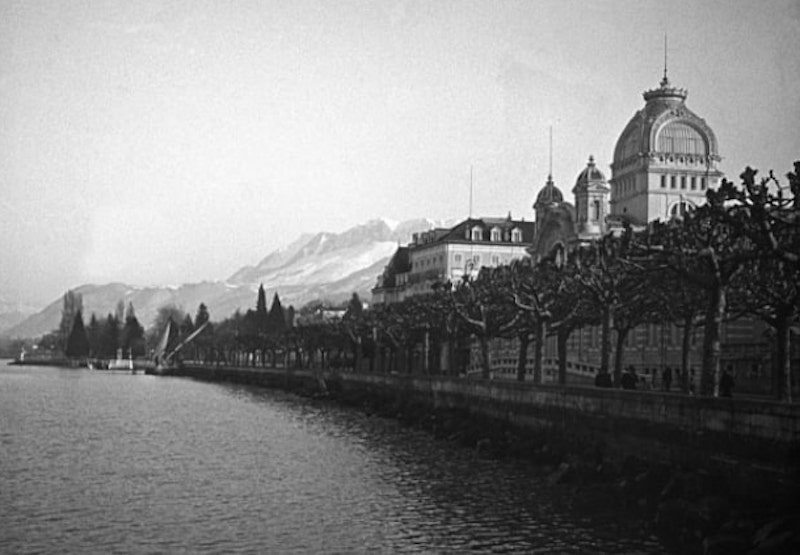
...and here’s what they look like now: not much has changed, at least from the outside.
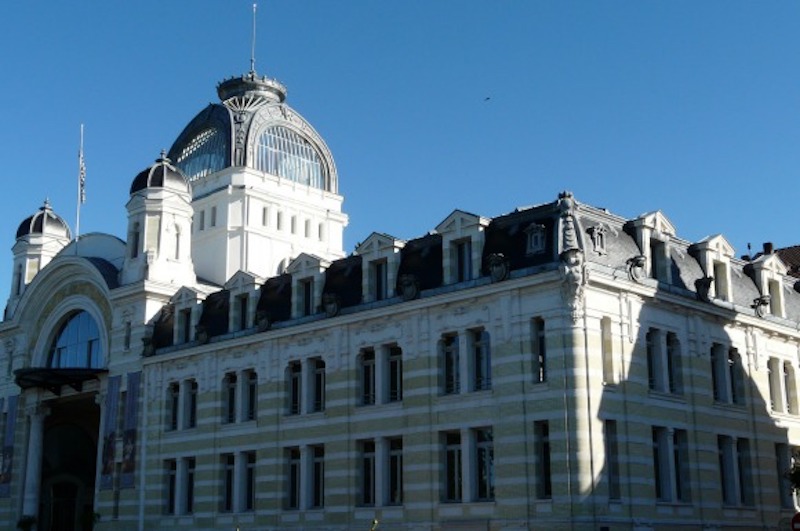
Evian quickly expanded its contribution to health, offering not only water for drinking but for external therapeutic use, much as we do today. Soon it could boast of being "France's Most Modern Hydrotherapy Institute".
Here are just a few of those innovations: a giant swimming pool lit by a glass ceiling, luxurious bathrooms, cold and hot showers and massage rooms, modern physiotherapy treatments, revolutionary weight training machines and, of course, giant bay windows through which to admire the lake.
For years, Evian was an enclave of the wealthy, but those days were numbered as the 20th century advanced. The arrival of social security and the disintegration of the colonial empire somewhat altered the town's high-society vibe and by the 1960s, people had drifted away from lengthy health cures, as new and faster treatments became readily available.
The bath building fell into disrepair, its creaky plumbing no longer able to provide enough water. By 1983, the baths finally closed, and the building was left to deteriorate. The spa equipment ended up in the junkyard, the floors began to sag, a fire destroyed the top of its East wing, its statues were mutilated, and, eventually, squatters moved in.
Finally, in the late 1990s, the town bought the baths, but rehabilitation would only begin a decade later. The handsome building was thoughtfully restored under the watchful eye of the architects of France's historical monuments; the original plans were dusted off and followed, from materials to the decor.
The results can easily plunge us back into the Belle Epoque. Under the name of Palais Lumière, the complex is now an exhibition and cultural center, with a major historical archive. There's even a small convention center attacked, along with an auditorium for performances.
Its floors gleam again, the statues have recovered their initial glory, natural light shines through the magnificent stained glass ceiling, and... well, best you go see for yourself. And once the sun sets, the dome dances with colour, its changing lighting illuminate the sky.
Evian France Casino: Faites vos jeux!
Walk past the Evian Casino and you'll get another whiff of that Belle Epoque. Those lovely pre-slot-machine rooms, with their hushed atmosphere and tuxedoed players, have been overtaken by neon lights and electronic alerts. But wait – not all is lost.
The building itself is still very much what it used to be, and if you do a double-take as you walk by, thinking you've been accidentally transported to Byzantium, you won't be completely wrong, because that is exactly the effect the architect was trying to achieve. (The architect, by the way, was Jean-Albert Hébrard, the same one who oversaw work on the Source Cachat – Cachat Spring – and the Hotel Royal).
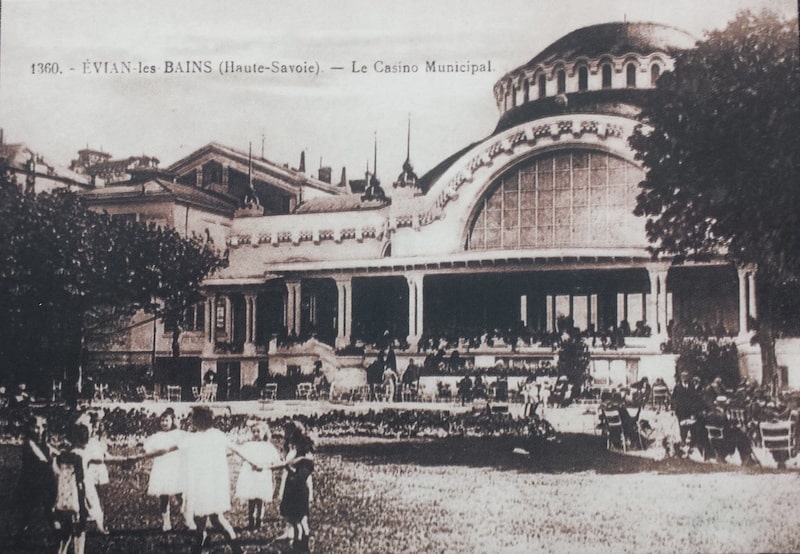 The old casino courtesy www.citedevian.fr
The old casino courtesy www.citedevian.fr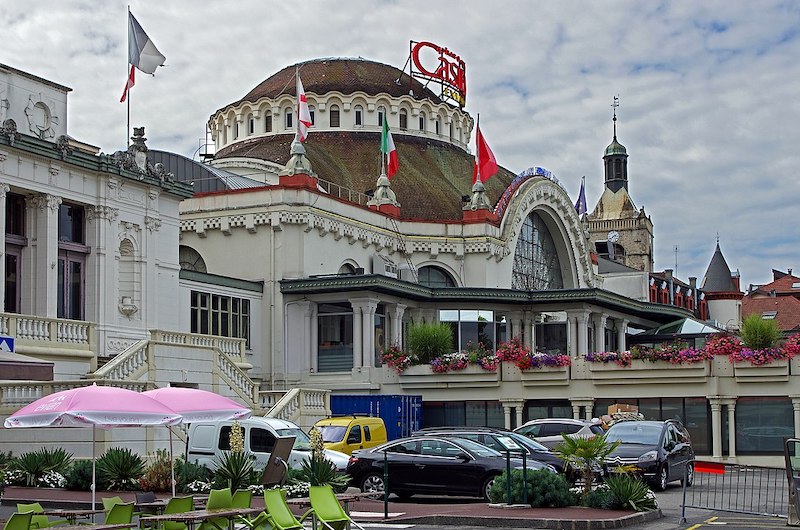 The casino as it is today (photo By Daniel Jolivet - Evian-les-Bains (Haute-Savoie), CC BY 2.0
The casino as it is today (photo By Daniel Jolivet - Evian-les-Bains (Haute-Savoie), CC BY 2.0But what is the story behind this quirky post-Byzantine cupola, with bits added on as required by expansion?
It all started when the Baron de Blonay, mayor of Evian, bequeathed his family chateau to the city in the late 1870s. There was one condition: the town would have to open a gaming house to replace a smaller one on the edge of town, bringing sophistication and marvel to Evian and outdoing the competition further down the lake, at Amphion-les-Bains. The final building, the one with the cupola we know today, would emerge in 1911.
Worthy of note is the theater built next to the casino, which hasn't changed much. This little neo-classical gem, all gold leaf and polychrome, holds 280 people and these days is used for concerts and plays. The architect? Jules Clerc, a student of Charles Garnier, who conceived the spectacular Paris opera house.
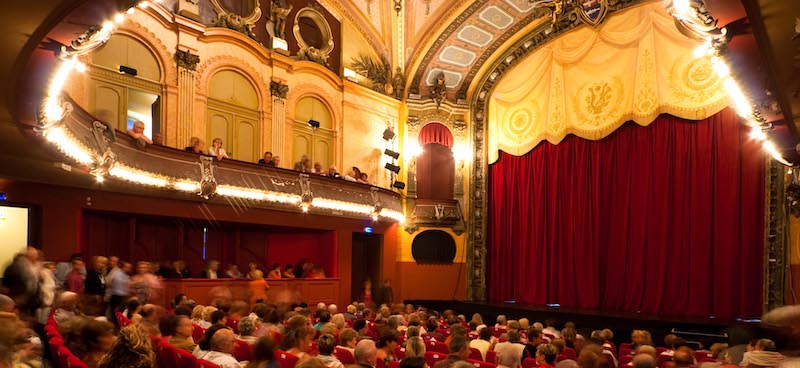
A room with a view
If you were a wealthy curiste (spa guest) visiting Evian a century ago, you might have stayed at the Ermitage, with its medical staff and cure-oriented activities, or at the imposing Royal Hotel, one of Evian’s mainstays and home to the rich and famous.
The list of treasured guests and crowned heads who stayed at the Royal around the Belle Epoque (give or take a few decades) reads like a Gotha’s Almanac of global high society: the Regent of Persia, the Maharajah of Kapurthala, the Emperor of Anam, the Aga Khan, the Queen of Portugal, the Bey of Tunis, the Sultan of Morocco, the Lumière Brothers – and that’s an abridged list. The Royal also played a political role when it hosted the G8 summit in 2003.
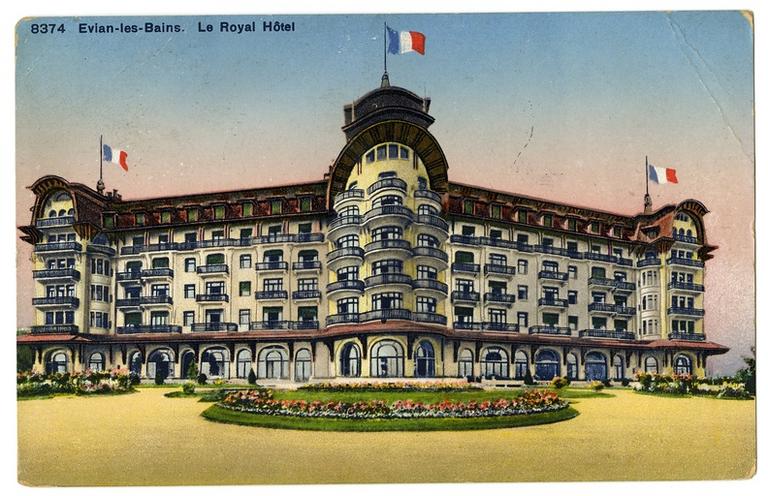
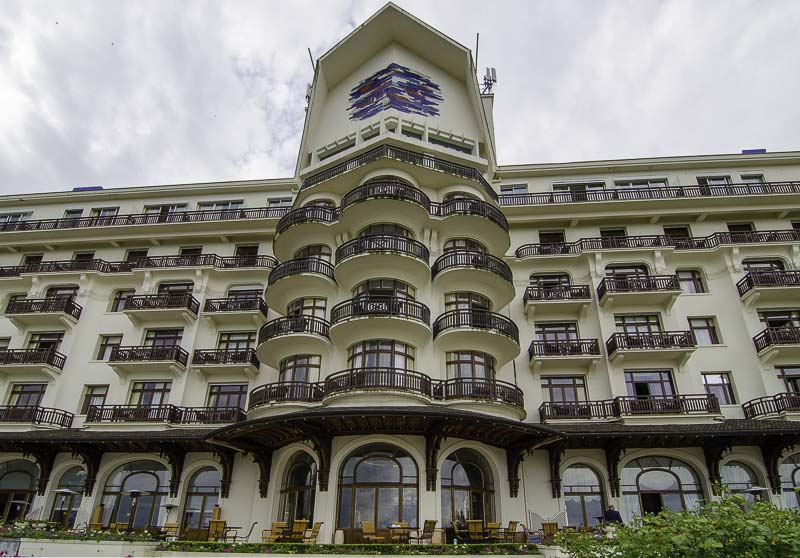 The hotel, today (Photo Anne Sterck)
The hotel, today (Photo Anne Sterck)Quite a bit has changed here, from the exterior facelift to the modern facilities. There is now a convention center and golf course, and you can swim in an infinity pool overlooking Lake Geneva. But enter the Grand Salon or Les Fresques restaurant, and you might just think you're supping back when the hotel first opened, in 1909. The furniture may be different but the art and decor are not.
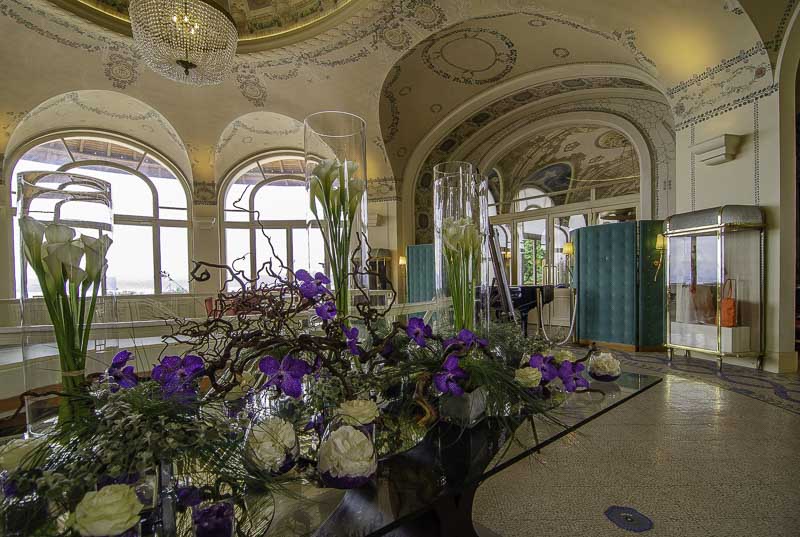 Love the way the old and the new marry so well
Love the way the old and the new marry so well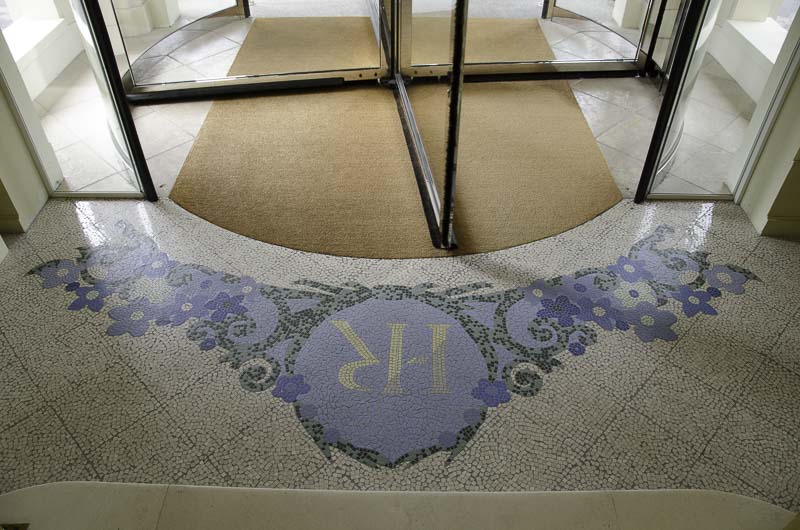 And here, again (top two photos by Anne Sterck)
And here, again (top two photos by Anne Sterck)To get from the hotel to the Source Cachat, especially in bad weather, you might have gathered your skirts and boarded the Neuvecelle funicular tram.
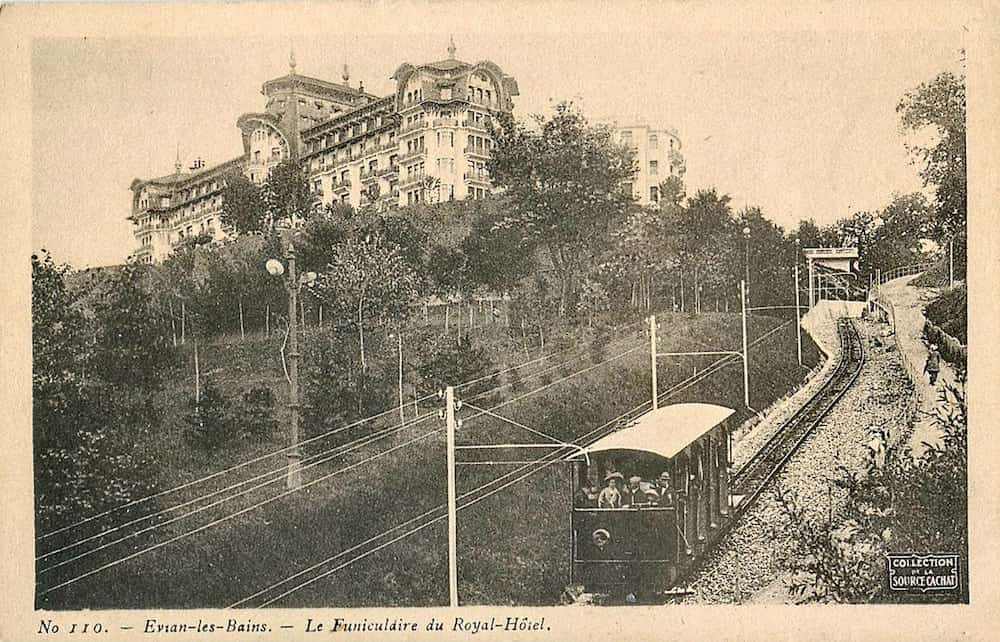
It has been refurbished but hasn’t lost any of its charm and you can still ride up and down, avoiding the steep walk and keeping those aristocratic shoes sparkling clean.
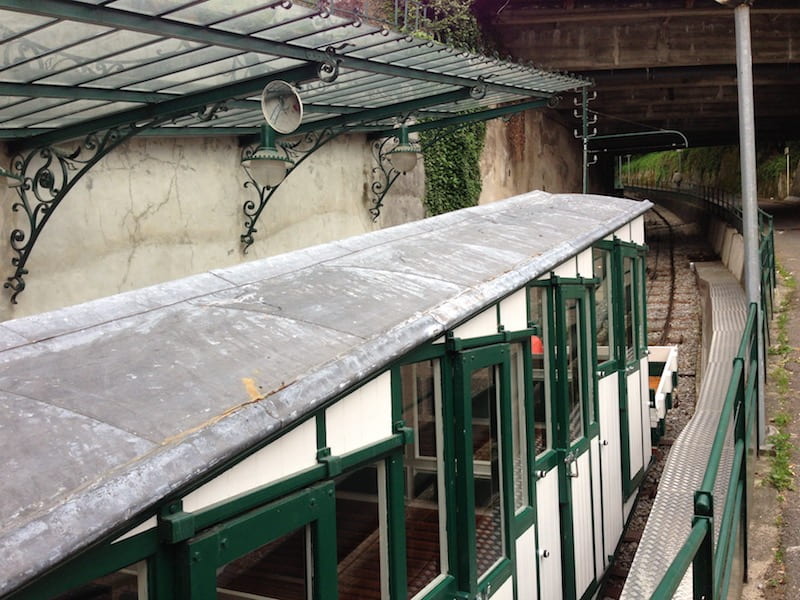 The trainlet today
The trainlet todayVisiting Evian in the 19th century
Back then, if you had wanted to travel to Evian, you probably would have arrived by train. A bit later, and you might have packed up the family car or taken a steamboat across the lake.
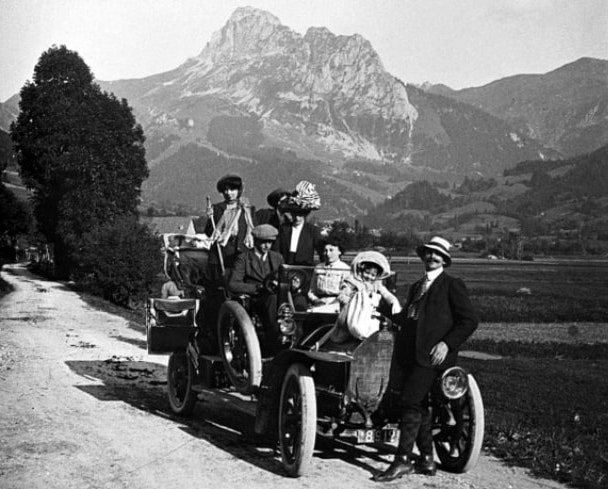 Driving to Evian in the family car
Driving to Evian in the family car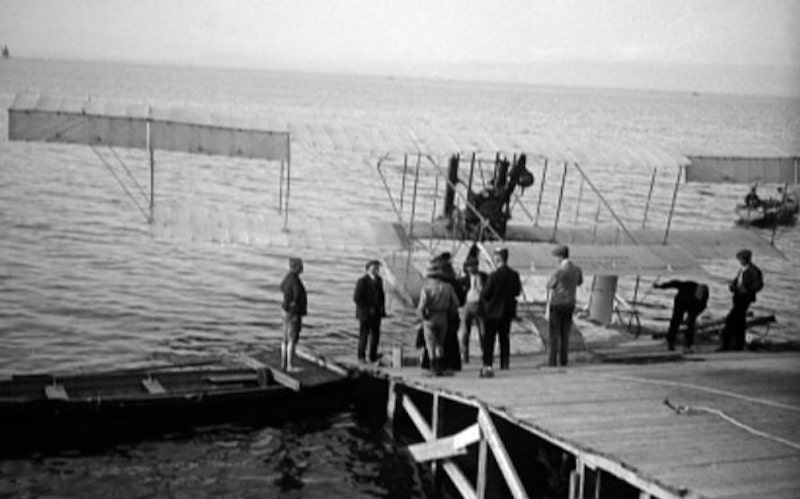 Waiting for the ferry. Both historical photos courtesy Maison Gribaldi
Waiting for the ferry. Both historical photos courtesy Maison GribaldiThe steamboats are gone, but you would still reach Evian the same way today: by train, boat or automobile.
The road may be wider and the train speedier, but if you look out your window towards the lakeshore, you'll see a sight not too different to the one your ancestors might have seen.
The crossing just might be a bit quicker.
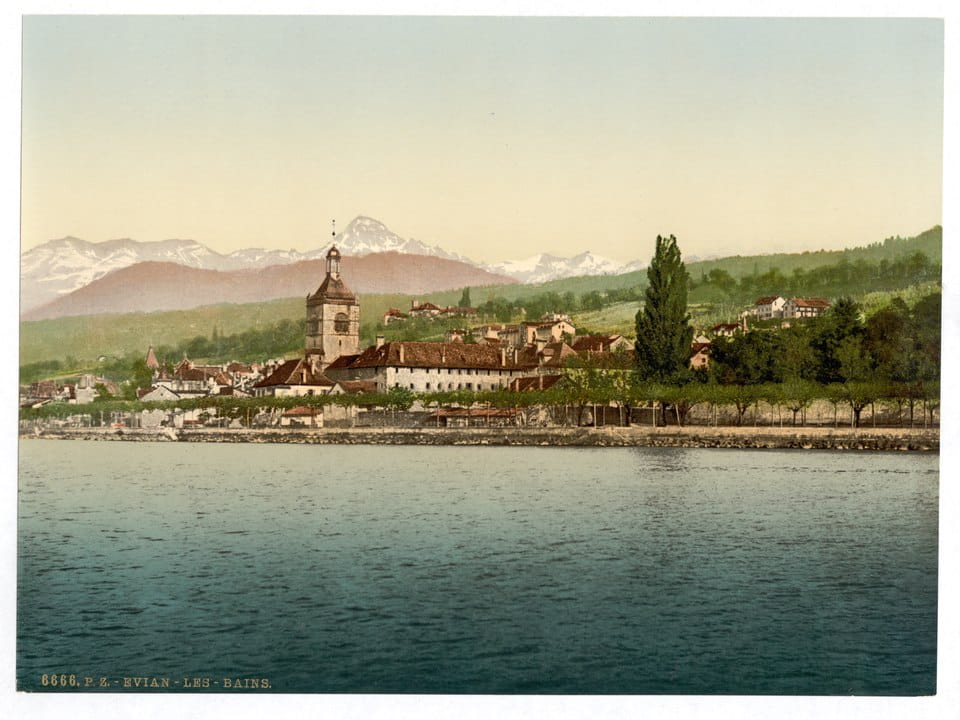 The view from the lake ca. 1905
The view from the lake ca. 1905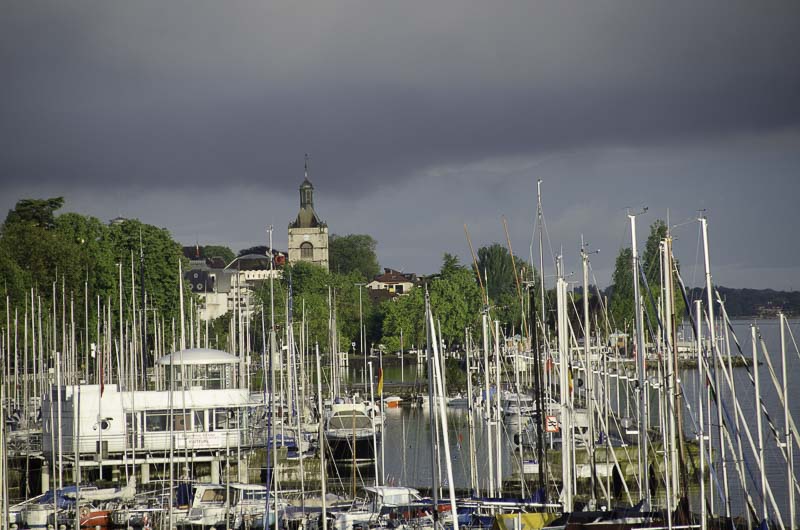 This is what Evian's port looks like today... (photo Anne Sterck)
This is what Evian's port looks like today... (photo Anne Sterck)A few modern touches
Evian-les-Bains has somehow managed to maintain its personality – sophisticated, stunning and serene.
It has modernized its historic buildings without destroying their soul. Even modern murals are a throwback to nostalgia.
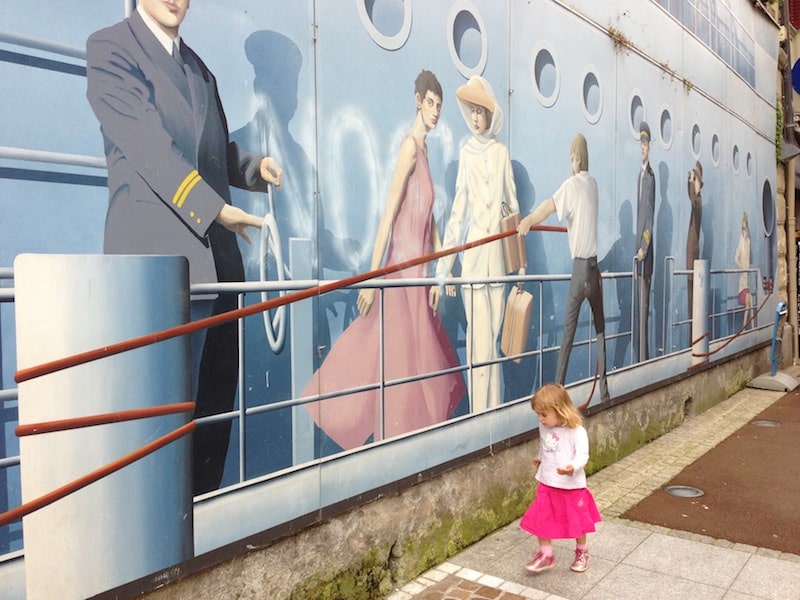
If you want to relive that once-upon-a-time grandeur and experience a long-ago luxury, when each flower was painted onto wallpaper by hand and each stone corniche fashioned painstakingly by an artist, not a machine.
In a funny way, that past is like a breath of fresh air.
Really want to feel like a local?
Grab your empty Evian water bottle and cross the street from the old Source Cachat. You can refill your bottle for free with the purest, freshest Evian water, like locals do. But only one bottle: none of this filling up a case for free.
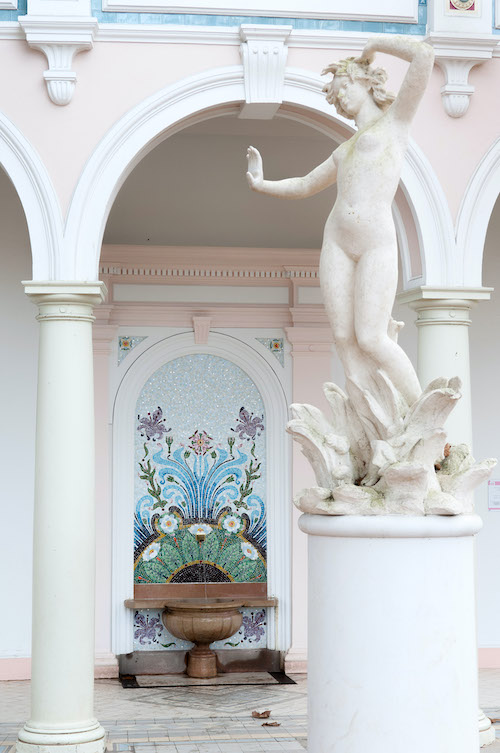 Just bring your empty bottle and fill it up! (courtesy Evian Tourisme)
Just bring your empty bottle and fill it up! (courtesy Evian Tourisme)A few Evian France travel tips
A recent television show portrayed a banker heading for Evian − after flying to Paris and taking a train from there. Anyone who has been here knows that's the last thing you would do. To reach Evian, head for Geneva and hop a train or bus, arrange for a car (it's a 45-minute drive) or grab a boat.
Of course Evian is the home of... Evian water, and in case you think all these waters taste the same, think again; I sampled the different ones with a water sommelier during my stay.
Evian has many hotels, especially upmarket ones.
For five-star accommodations, naturally you have the Royal Hotel, among many others. If you'd like a more modest splurge, I can also recommend the delightful Les Cygnes, if you'd like to stay right on the lake and within walking distance of town. It has an excellent restaurant, a warm welcome and the most perfect view. If you'd rather be up on the hill in a rural romantic setting, reserve a table at La Verniaz for lunch, or stay in their Chalet-Hotel. It was much loved by Elizabeth Taylor and Richard Burton, when they sought a bit of peace and escape from the spotlight.
If you're keen on the area's history, not only Evian but the entire Lake Geneva area, you'll love the Villa du Châtelet, a restored Belle Epoque mansion whose mission is to conserve local cultural history.
Did you enjoy this article? I'd love if you shared it!
Pin these and save for later!
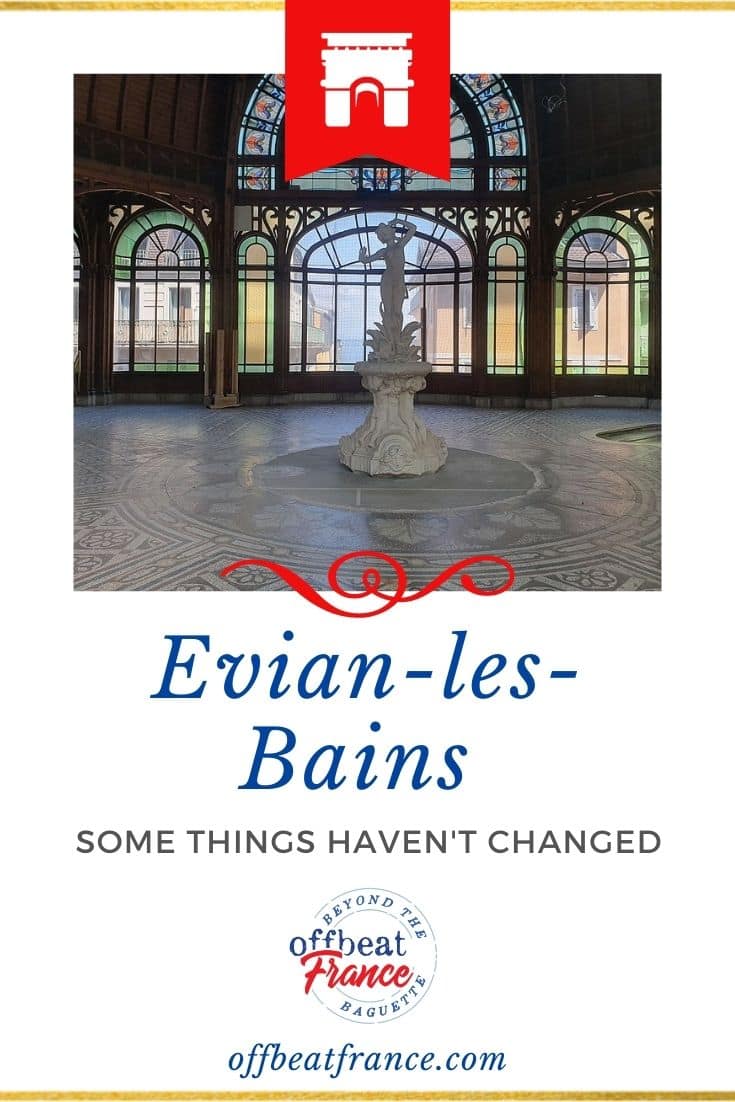
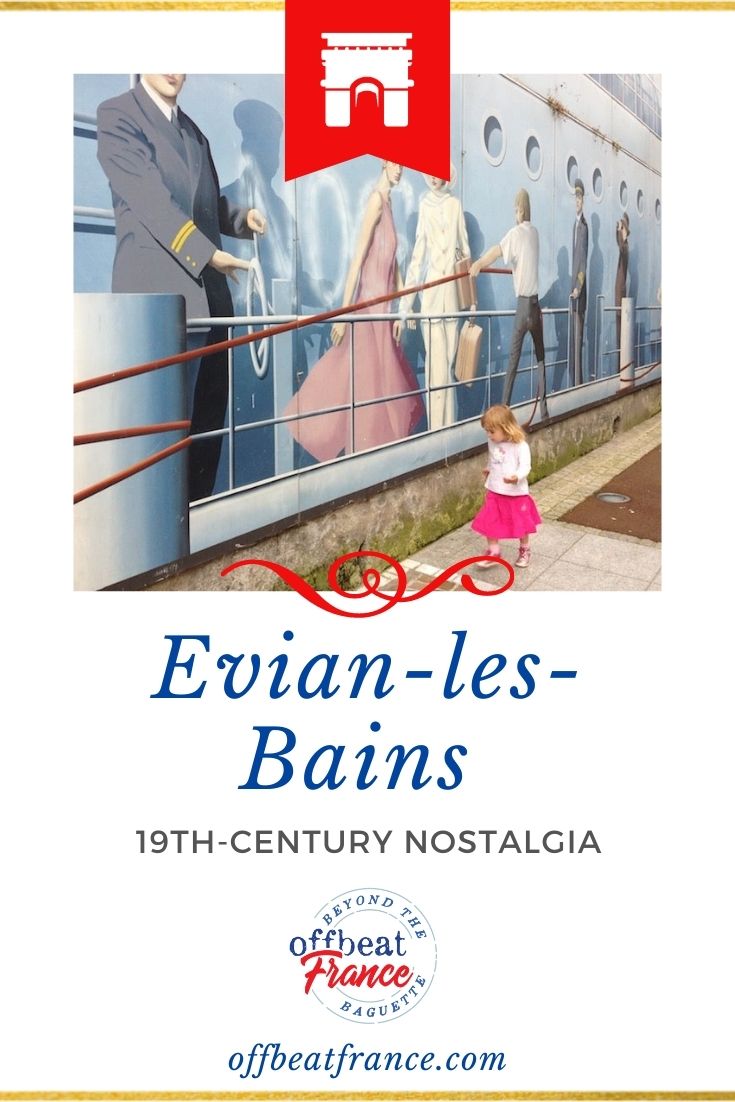
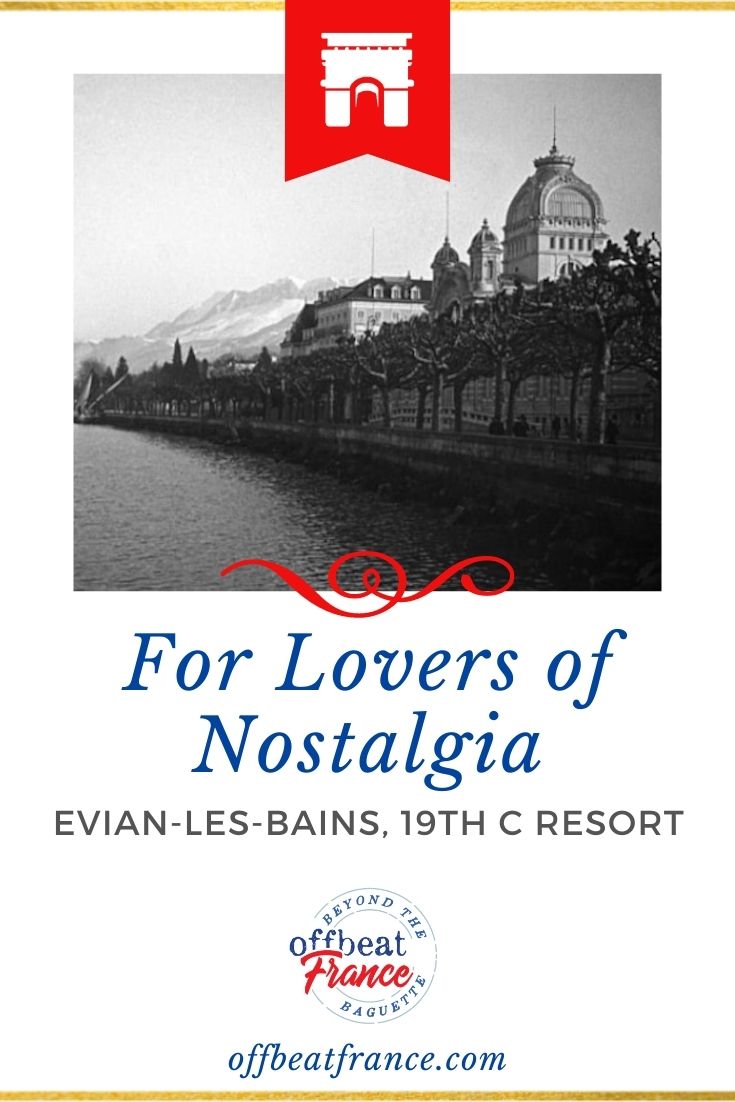
FAQ Evian
Is Evian France worth visiting?
Is Evian France worth visiting?
Absolutely. Not only is the town itself beautiful, but the areas around it are equally so – Lake Geneva and the French Alps.
Is Evian water from France?
Is Evian water from France?
Yes. From the town of Évian-les-Bains, in fact.
Is Evian in France or Switzerland?
Is Evian in France or Switzerland?
Evian is in France, but the Swiss border is only 50km (30 mi) away.


